What Is a Bridge Loan? Everything You Need to Know
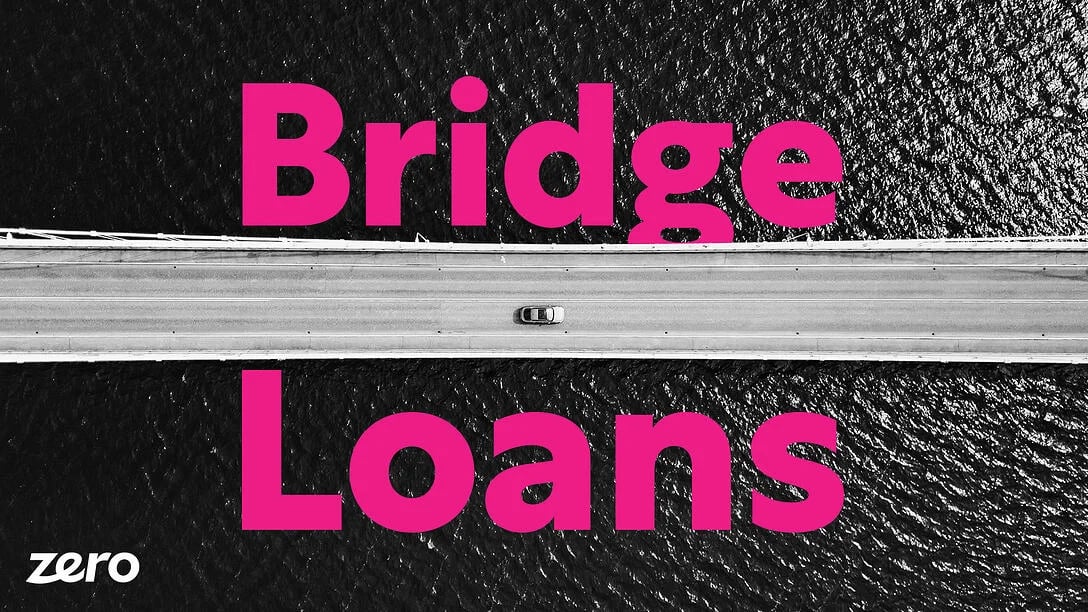
A bridge loan is a short-term loan a borrower may use while a more long-term financing contract is finalized. Bridge loans are common in real estate when someone needs to buy a new house before their existing house has sold.
These short term loans typically come with a higher interest rate. Additionally, many banks will require some sort of collateral from the borrower before the loan is issued.
We’ll cover everything you need to know about bridge loans below.
How Does a Bridge Loan Work?
Although bridge loans may also apply to the business world, they are more commonly associated with real estate transactions. As the name suggests, these loans are designed to bridge the gap, and fill the cash constraints, someone may feel when they are both buying and selling a home at the same time.
How to Get a Bridge Loan
Someone wishing to get a bridge loan first needs to find a lender who offers this financing program. The first place to check would be with your existing mortgage company.
Once you find a lender who offers bridge loan financing options, it’s time to get all the paperwork needed for the lender. Lenders will want to know the details of your existing property. For example, lenders will want to know how much you owe on your existing property, when you plan on selling it, and what price you plan on selling it for. Additionally, they’ll want to know the details on the property you’re looking to purchase.
Lenders will of course pull an up to date credit report, and will require you to provide them with proof of income. With all of this information, a lender can successfully calculate the financial ratios they use to determine if you qualify for a bridge loan, and how much loan you qualify for.
How Long Does It Take to Get a Bridge Loan?
Securing financing via a bridge loan doesn’t take too long! Generally speaking, you should be able to have your loan finalized within 30 days. Hard money lenders can typically finalize a loan even quicker
We wrote a whole blog explaining ways to speed up the mortgage process, read it here.
Is It Hard to Qualify for a Bridge Loan?
Bridge loans can be more challenging to qualify for since you typically need to have a good to excellent credit score (740+ credit score) to qualify - but all lenders have their own unique qualifications. One of the most important variables a bank will review during your application process is your debt to income ratio.
This variable is increasingly more important on bridge loans as the borrower will be paying for two mortgages at the same time.
Banks want to be fully confident adding another mortgage payment to the borrower will not cause them to default on any existing loans. One's income needs to be high enough to provide them with the financial breathing room and stability through the double financing period.
Below is a comparison table of bridge loan qualifiers vs a traditional home loan.
| Loan Type | Credit Score Needed | DTI (Debt-to-Income) Percentage | Interest Rate |
|
Bridge Loan |
Good to excellent - 740+ credit score is ideal, but all lenders can have different requirements. | Because a person taking out a bridge loan is considered a temporary loan until their home sells, many bridge loan lenders will allow applicants with a DTI of 50% or less to be considered. | Rates vary by applicants and timing, but are usually higher than the current mortgage rate. Applicants can expect rates of 8.5-10.5% or more. |
| Mortgage | Varying credit score is needed depending on your loan type. Some mortgage loans can accept applicants in the 580 range while most conventional loan lenders prefer a credit score of 620 or higher. |
Depending on their mortgage you apply for, the DTI requirement can change by several percentage points. Preferred DTI is around 43%, but some lenders can provide financing for applicants with DTI up to 50% |
Mortgage rates vary by time and applicant. The current mortgage rate is between 4.9% - 6.5%+ |
What Are Bridge Loan Rates?
Bridge loans provide the borrower with a great deal of convenience. In the finance or lending world, convenience comes at a premium. The interest rate on a bridge loan is directionally aligned with the interest rate on conventional lending, however, bridge loans will have a higher interest rate by a few percentage points.
The higher interest rate makes sense from a banking perspective. Banks need to take on risk to issue these loans, and they are short term in nature. In order for a bank to make as much money back as possible, and justify the risk in lending, they simply need to charge a higher interest rate
What's the difference between an interest rate and APR? Don't know? Read our blog all about it here.
How Much Can You Borrow on a Bridge Loan?
The actual borrowing amount may vary between different lenders, however, as a rule of thumb most bridge loans will allow one to borrow up to 80% of the home’s value.
What Are the Pros & Cons of Bridge Loans?
Bridge loans are certainly a powerful tool made available to the real estate industry. Now with a better understanding of what this tool is and how it works, let’s dive into some pros and cons.
Benefits of Bridge Loans
Many borrowers appreciate a bridge loan for the following reasons.
Bridge loans provide individuals with flexibility. They can buy a new house before their existing house sells. This not only adds convenience, it can also help someone move into their dream home. In a competitive real estate market, that dream home may not be available for long.
Some bridge loans do not require the monthly payment for a few months. If you happen to secure lending from a lender who doesn’t require immediate monthly payments, you’re in luck. You’ll be able to buy the house you want without the immediate financial pressure two loans could have on your finances.
Generally speaking, securing financing via a bridge loan can be done in a shorter period of time. Instead of waiting on a HELOC, or other financing options, lenders who issue bridge loans are well aware the borrower needs the loan now and plans accordingly. This urgency comes at a premium, which we’ll discuss below.
Drawbacks of Bridge Loans
There are three major drawbacks of a bridge loan.
- First and foremost, bridge loans come at a premium. A bridge loan will be more expensive than traditional lending, or even a home equity line of credit. Not only is the interest rate more expensive, but closing costs are often inflated.
- Secondly, one must be able to qualify to own two homes, even if it’s just for a short period of time. Taking on more debt can be a stressful financial decision, and it may be difficult to juggle additional debt with your current lifestyle.
- Last but not least, the risks associated with bridge loans. When you are applying for a bridge loan, nothing is set in stone with your existing property. In the event it does not sell, or something happens to the existing property, you’ll find yourself in a messy situation.
Are Bridge Loans a Good Idea?
You may be wondering, are bridge loans a good idea? Unfortunately the answer isn’t yes or no. A bridge loan is a great financial tool to have in your tool chest, but it certainly comes at an increased cost and risk. If you need the money quickly to move into your dream house, a bridge loan may be the only option.
However, a bridge loan is not the only option when it comes to buying a new home while you wait on your existing home to sell.
What Are the Alternatives to Bridge Loans?
Is there an alternative to a bridge loan? Absolutely. Instead of choosing a bridge loan, many people choose to go with a home equity line of credit, a home equity loan, or even a 80-10-10 loan.
A home equity line of credit, also known as a HELOC, is very similar to a credit card in how they function. A borrower is approved for a specific amount or credit limit, but the borrower does not need to use the full amount. A borrower will only pay interest on the debt they used, and they can draw against their credit line in various increments.
Another common option would be a home equity loan. This is very similar to a home equity line of credit, however, the money is given in one lump sum. Some of the major advantages are; there are lower closing costs associated with home equity loans. Additionally, home equity loans have lower interest rates and even offer extended repayment terms.
A 80-10-10 loan option is when someone has enough cash to cover a 10% down payment. Instead of financing 90% of the home in one mortgage, the buyer will choose to take out two mortgages. The first mortgage is for 80% of the home value, and the second mortgage is for 10%. Therefore, the buyer is able to avoid paying private mortgage insurance, and can use this option if they are unable to make a larger down payment as their existing home hasn’t sold yet.
Our Mortgage Learning Center features blogs on a wide range of mortgage and refinancing topics.
Is a Bridge Loan Right for You?
A bridge loan is a financial instrument that provides financing to individuals as they secure a longer term financing option. In the real estate world, these loans are common when someone is selling their existing house, and buying a new house, simultaneously.
Bridge loans provide the borrower with money in as little as a few days, resulting in tremendous flexibility. This flexibility comes at a premium, and one should expect to pay a high closing cost, and interest rate, on this short term loan.
There are other financing options available in the marketplace. Home equity lines of credit, home equity loans, and even 80-10-10 loans should all be considered before deciding if a bridge loan is the right option.
Start the Pre-Approval Process Today!
This page last updated: October 11, 2022
Read more on this topic below.

When you buy a house and start making mortgage payments, your payment consists of four different components, known...

If you have gone through the pre-approval process but need to take a deeper dive into how much house to buy,...

The vast majority of mortgage loans require you to put down a certain percentage of the selling price upfront....

Whether you’re a first-time buyer or you’ve purchased a home before, you’ve likely heard of a homeowner’s association....

People buy their homes for a number of reasons. Affordability, stability, and comfort are some of the most...
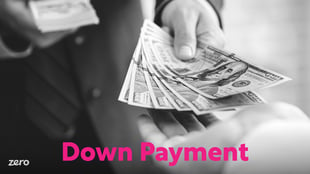
There’s a lot of expenses to keep in mind when you’re thinking about buying a home. Between the price of the home, property taxes, your mortgage...

Conventional loans are mortgages offered by private lenders, banks, and institutions that are not backed by the government. Unlike FHA, USDA,...

Some homebuyers refuse to purchase a property if it is part of a property owner association. On the...

Research indicates that 58% of homeowners in HOA communities and single-family homes pay an average monthly fee...

Private mortgage insurance is something millions of homeowners pay for each year. However, this type of insurance does not protect

When you first set out to buy a home, it can feel like you’re taking an exam you forgot to study for. You have to make quick...

When looking to refinance or buy a house, the pre-qualified vs pre-approved mortgage debate can be...
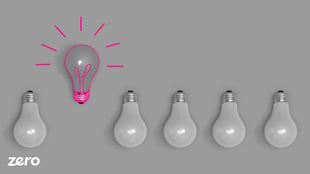
It’s likely that your mortgage loan will be the largest loan you have during your lifetime. Mortgages are not a one size...

For many people, owning a home is part of the American dream. To make this dream a reality, most people will take out a...

Whenever you’re looking to buy a house, you’ll quickly realize there are a lot of fees associated with obtaining a mortgage....

A loan estimate is crucial to obtain when looking for a loan. This estimate not only gives you the details of a mortgage but also compares offers...

There are many moving parts and various people you’ll deal with throughout the homebuying process....

If you’re looking to buy a house, and do not have a mountain of cash saved up, you’ll need to consider getting a mortgage to help you finance this...

If you find a property that you’re highly interested in buying but are concerned that the seller might choose...
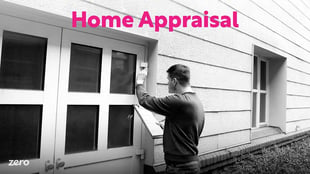
Buying a home? You’ll likely need to get it appraised before you receive the clear to close. If you’re wondering...

If you’re an active service member, a veteran, or the surviving spouse of a veteran, and you want to ...

There’s no doubt, COVID-19 changed the world in countless ways and took us all by surprise. From an...

Whenever you are borrowing money, whether it’s for a new mortgage, a refinance, credit card, or car loan, you’ll hear...

If you’re new to buying a home, you probably have quickly realized the overwhelming amount of options there...

If you’ve already gone through the lengthy process of writing offers, securing financing, and arranging inspections for your...

One of the most important steps to buying a home is deciding on a mortgage loan and deciding on a loan involves settling on a good...

First time home buyers are often surprised when they learn about all of the expenses that are associated with ...

Purchasing real estate is not as simple as finding the right home, submitting an offer, and signing the closing paperwork; many...
